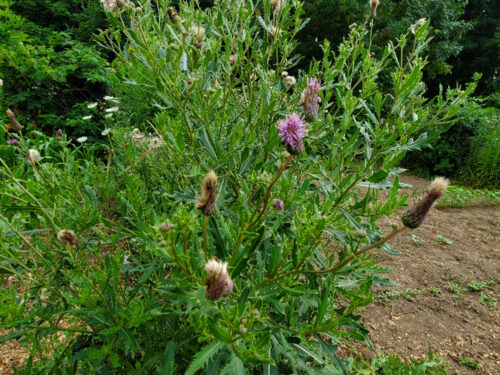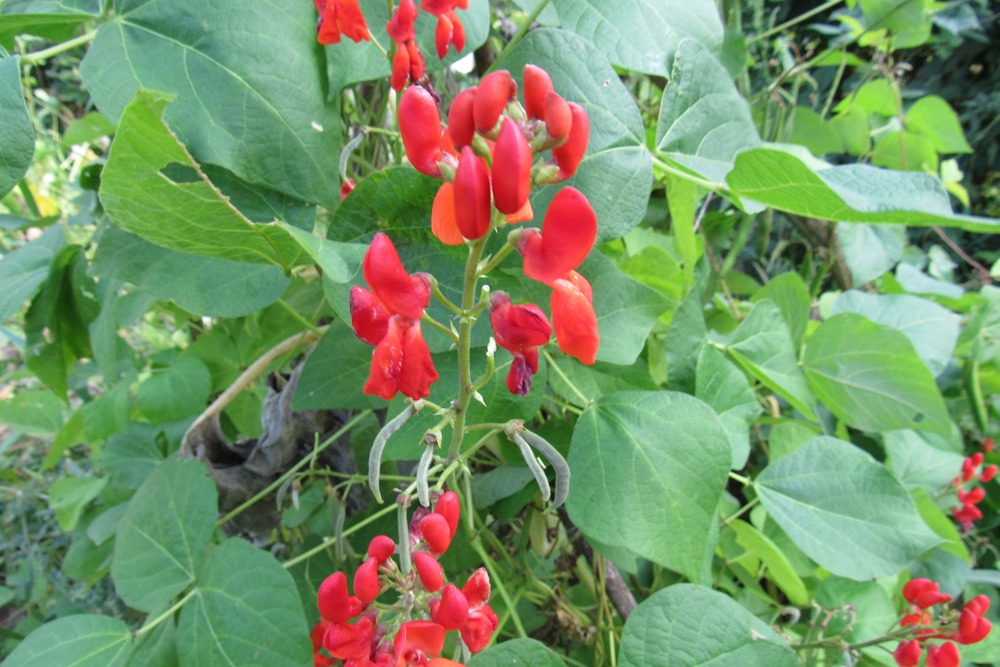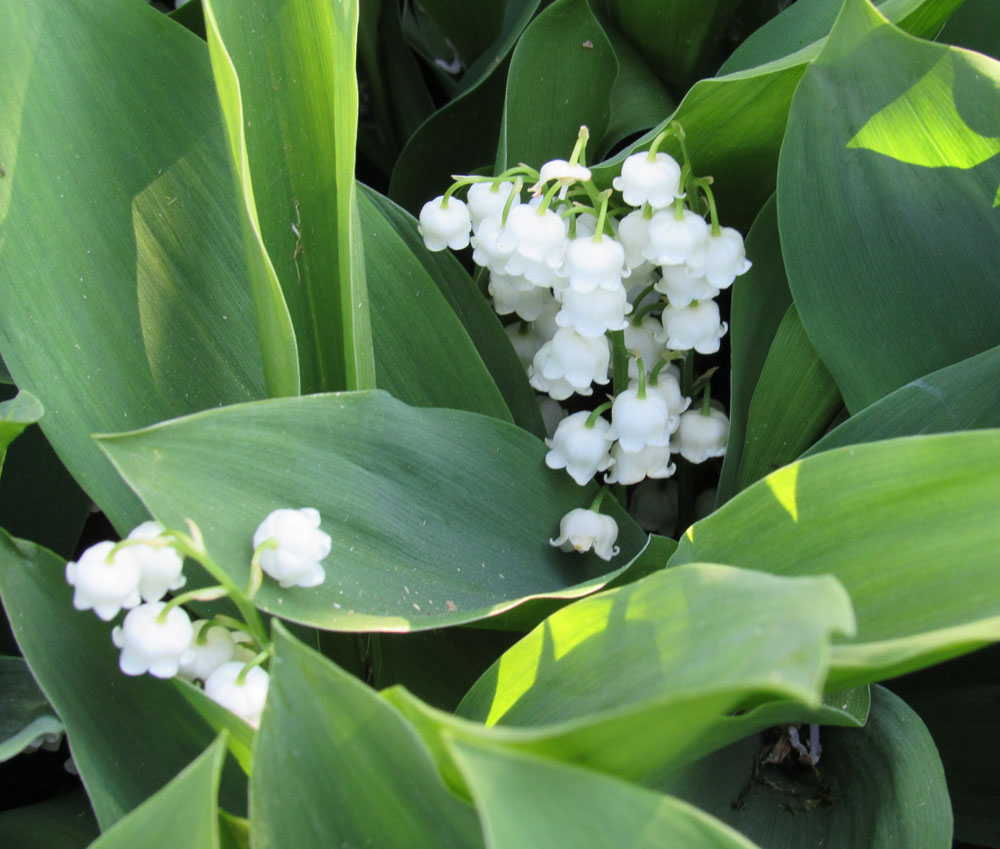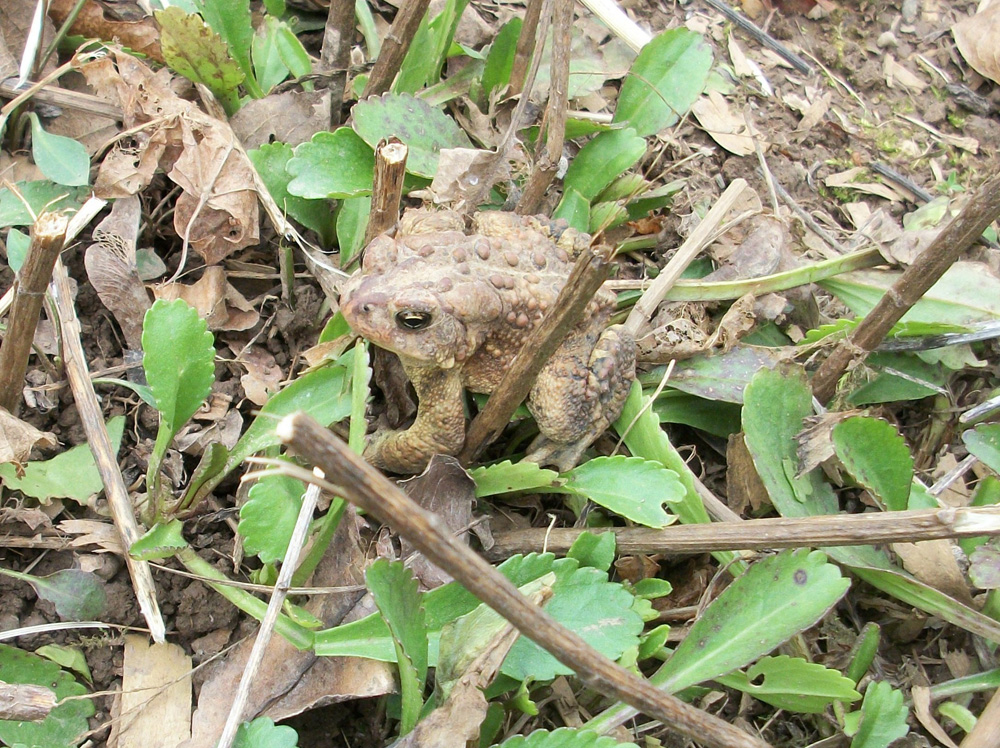The invasive Canada thistle

Being a gardener means being in a constant battle with the elements, disease, pests, and weeds. Canada thistle (Cirsium arvense), an invasive that has some pretty scary characteristics, can be a major battle for gardeners as cultivating the soil is what invites it to spread.
According to the Michigan Department of Natural Resources, Canada thistle is native to southeastern Europe and the eastern Mediterranean region – not Canada. It was introduced to North America sometime before 1800 and is probably the most widespread of all thistle species.
It spreads very rapidly thanks to its extensive root system and clonal nature which allow it to form monocultures, meaning Canada thistle outcompetes native species, reduces biodiversity, and can even threaten rare and endemic species. Canada thistle can harm grazing animals by scratching them and causing infections. It reduces crop yields in commercial agriculture by competing for water, nutrients, and sunlight and even hosts a number of agricultural pests such as bean aphid, sod-web worm (which attacks corn), and stalk insects that damage tomatoes.
Canada thistle thrives in sunny places where the soil has been disturbed – roadsides, ditches, pastures, and gardens. It does not like wet areas or areas of deep shade. It is a spiny herbaceous perennial that grows up to five feet in height, and, as mentioned above, has an extensive network of creeping roots that reach deep into the ground – up to six feet. Lateral roots can grow as much as 12 feet in one year and new plants can easily generate from root fragments.
Not scary enough yet? Female flowers produce small, light brown, tapered seeds that are dispersed by the wind, animals, humans, and vehicles. Not only are germination rates high, but seeds can remain viable in the soil for twenty years!
The leaves are lobed with spiny teeth. Stems are smooth with shallow, lengthwise ridges. Flowers are lavender, pink, or white and male and female flowers are held on separate plants.
Not surprisingly, control is very difficult because of the long tap root, the fast growing lateral roots, and abundant seeds. According to the Alberta, Canada, Invasive Species Council, the only effective control method is killing the roots because so much of the biomass is below ground. Cultivating only produces small root pieces that can quickly develop into new plants. Repeated mowing and hand pulling are both labor intensive, but can eventually (and that could mean years) deplete the food energy stored in the root system. If you are pulling plants by hand, try to remove as much of the root as possible. Bag plants that have flowered and take to a landfill. Wear protective clothing, including good quality garden gloves to guard against being scratched by the plant’s sharp prickles.
Chemical control is an option. Always read pesticide labels before applying and apply only according to label directions.






